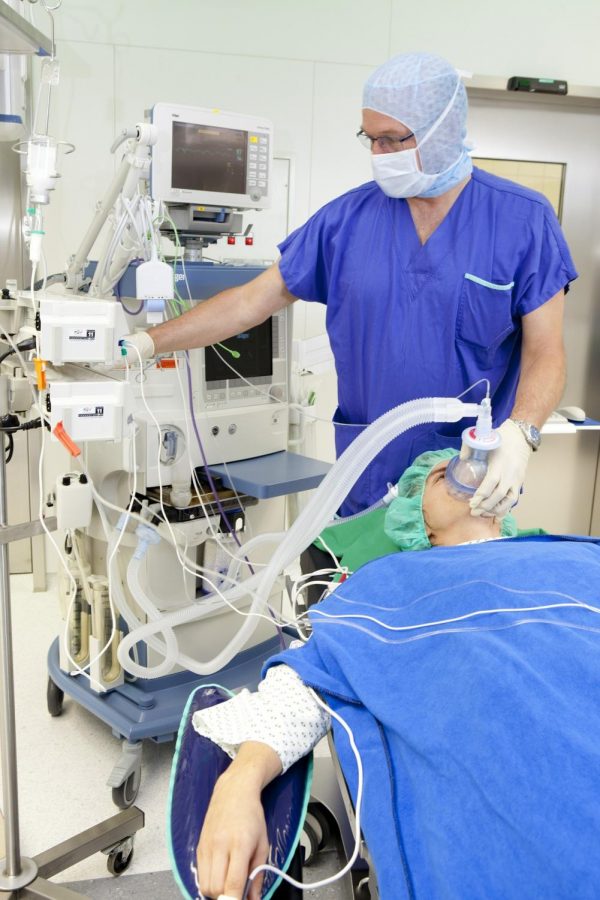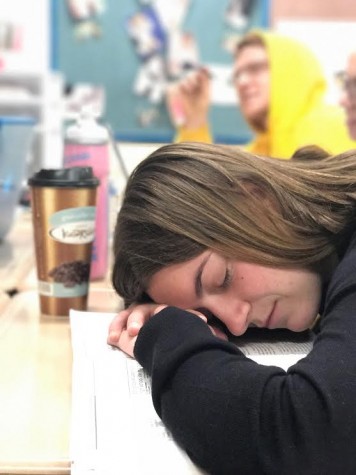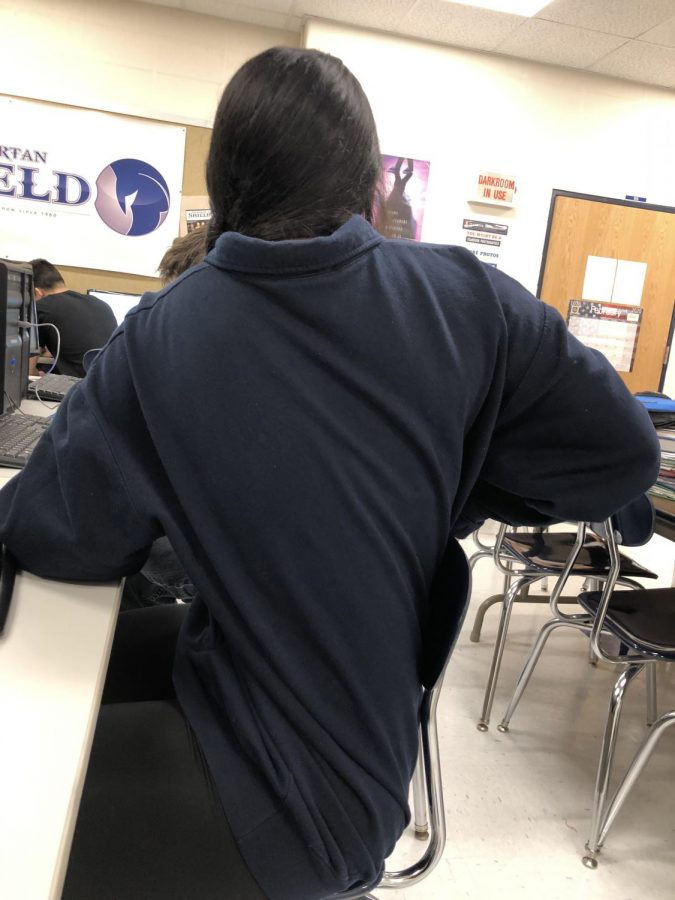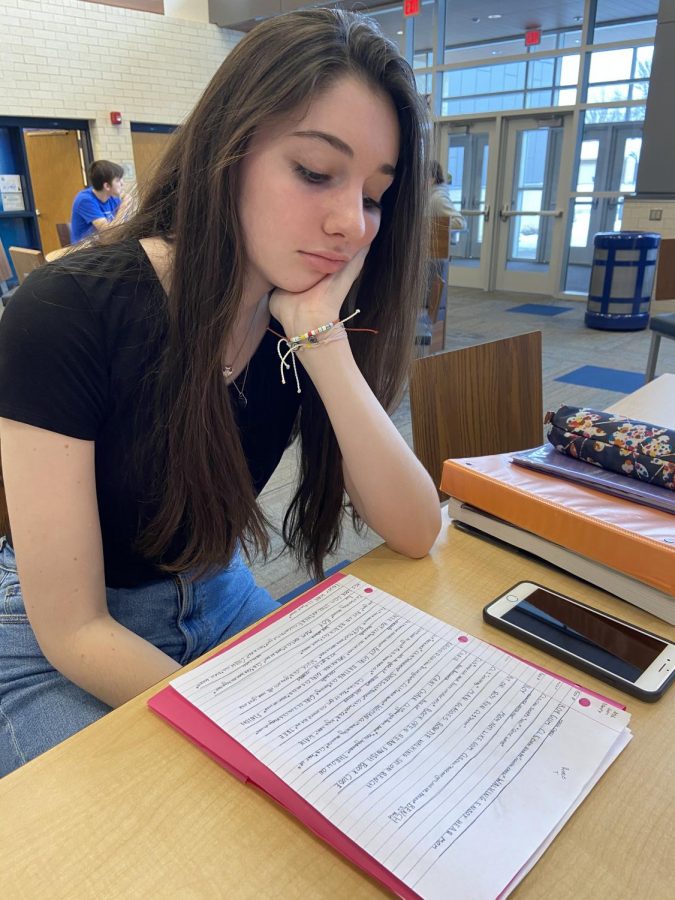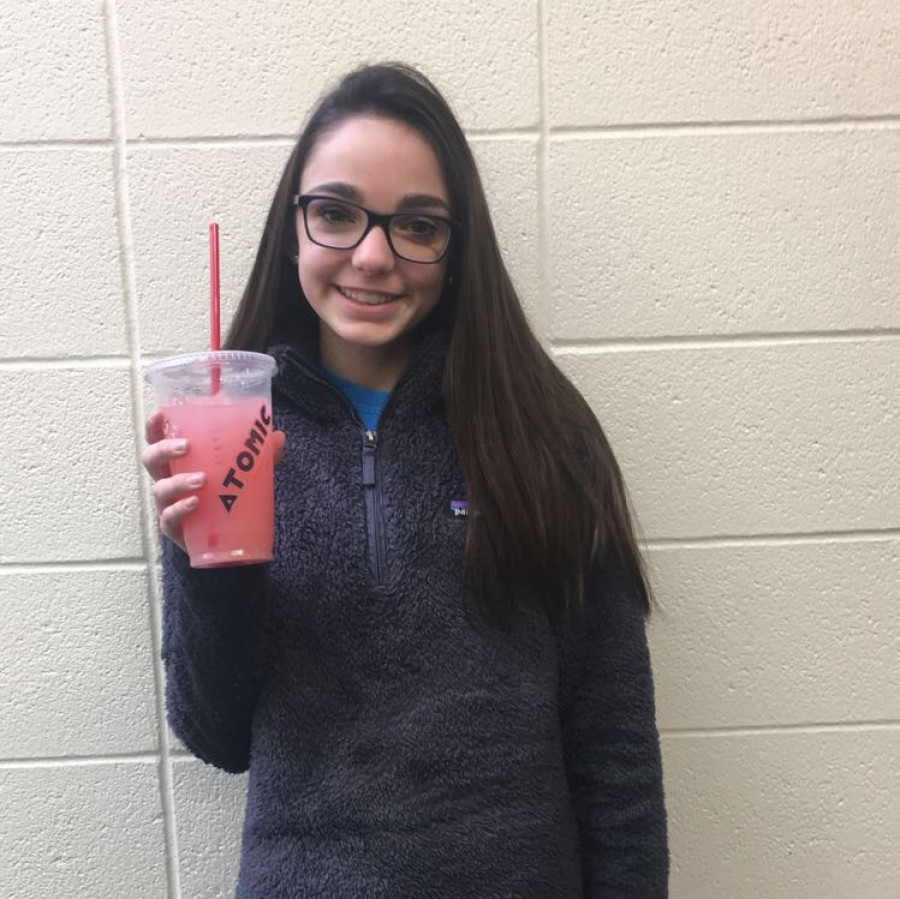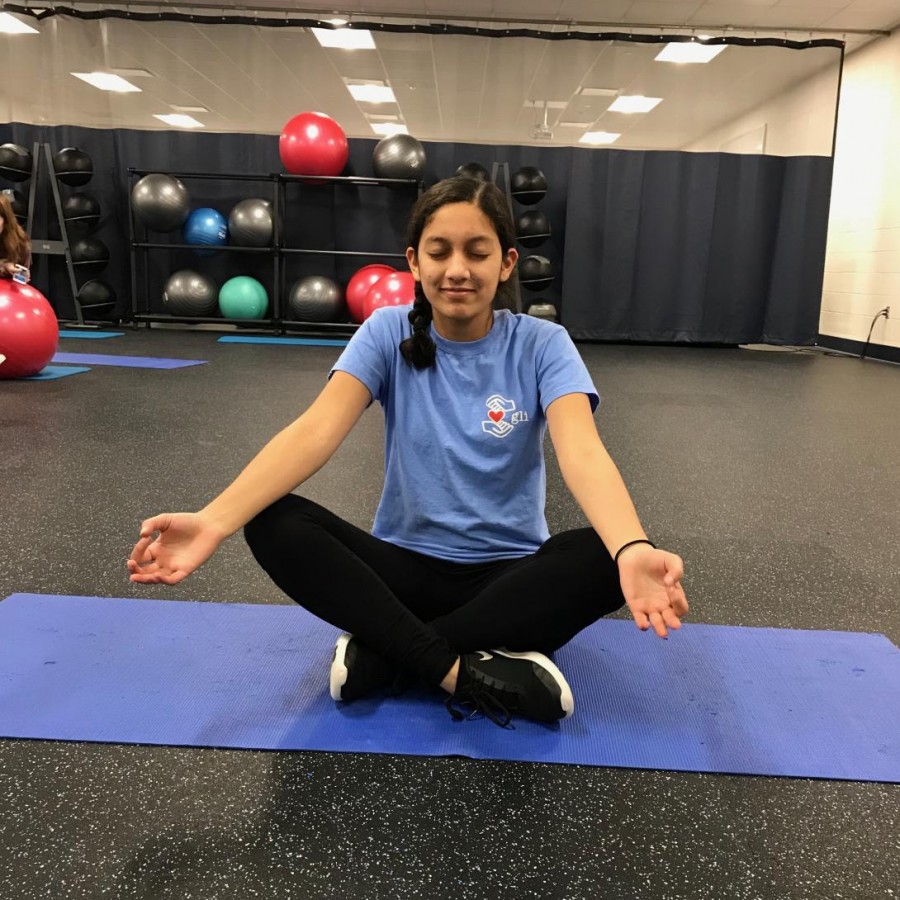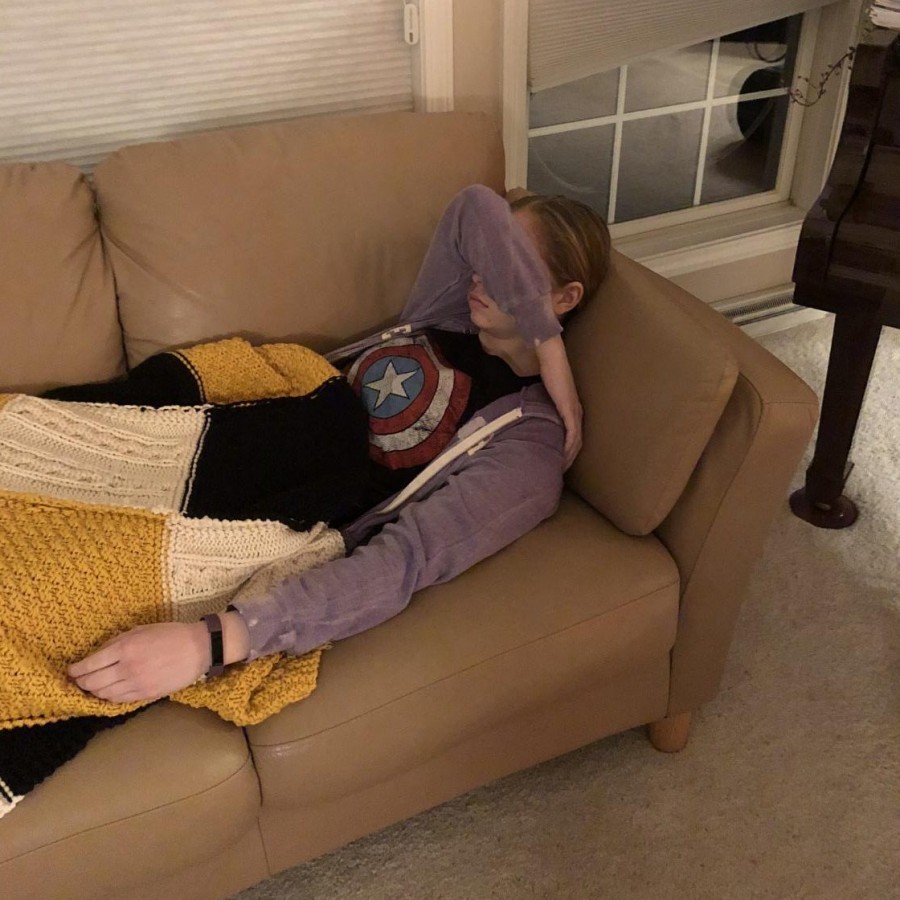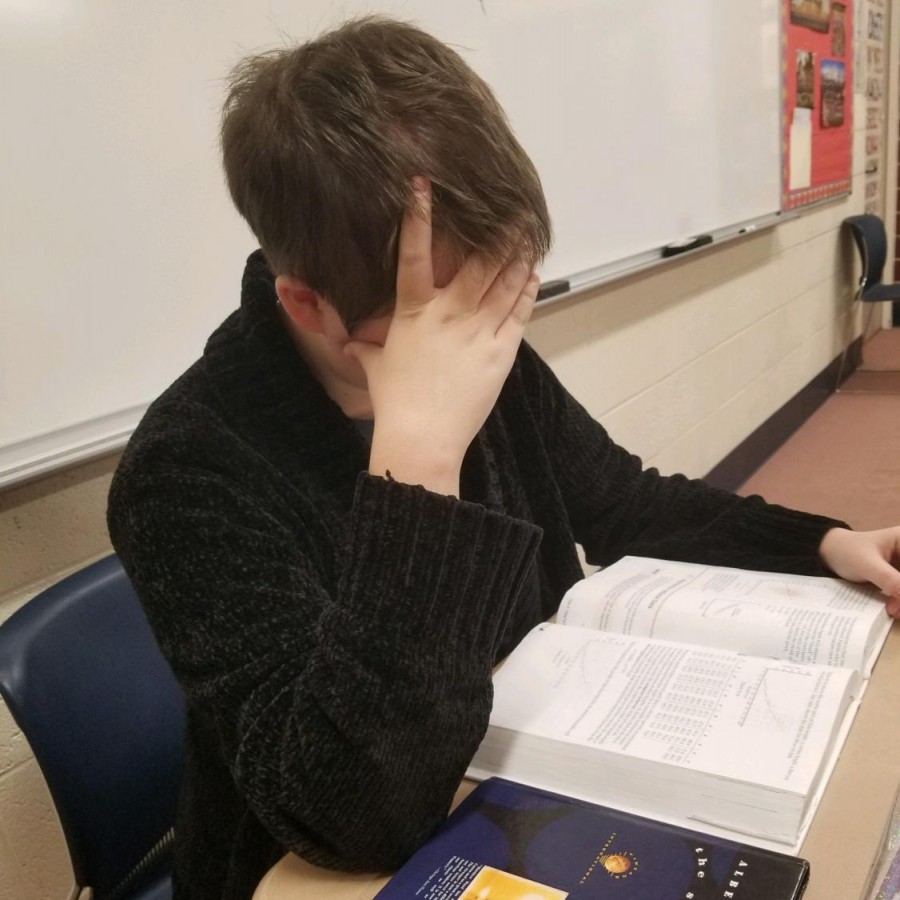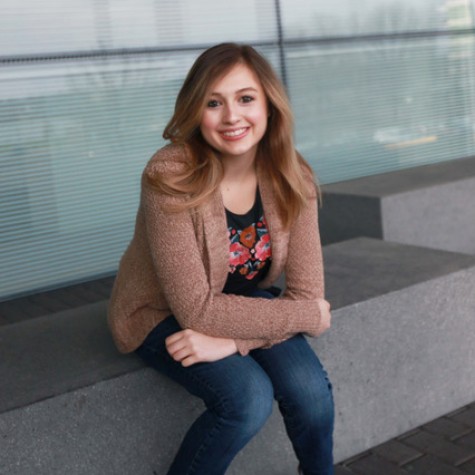Dating back to Aristotle’s “On the Soul”, an early philosophical work which examines the human psyche in a biological context, the seat of consciousness has come to symbolize an unknowable paradox in the research community, an organic machinery so elaborate that even the fruits of its complexity fail to understand its evolutionary origins and location in the brain. Even in the face of intense scientific scrutiny, the conscious mind remains one of mankind’s greatest mysteries well into the twenty first century. However, as rapid technological advancement continues to revolutionize the fields of neuroscience and psychology, researchers are coming closer than ever to pinpointing the potential mechanisms by which the mind operates.
A collection of experiments published on Wednesday, February 28 from the University of Michigan’s Center for Consciousness Science approach the question of conscious awareness from a unique perspective: by analyzing the brains of unconscious patients. According to a lab blog run by University of Michigan staff, “[T]he team analyzed different areas of the brain during sedation, surgical anesthesia and a vegetative state.” The studies confirmed the well-established hypothesis of the university’s professor of anesthesiology, Dr. George Mashour, who proposed that such conditions were produced by a lack of communication between brain regions. Mashour believed that most anesthetics function by impeding the transmission of information among neural networks, thereby undermining the higher level perception and integration of sensory input and rendering patients unable to construct a cohesive picture of their surroundings. By tracking neurological activity during multiple dormant periods, the scientists discovered greater “fragmentation” when the subjects were unconscious.
Mashour described the studies’ results in a statement to Neuroscience News, saying, “We found that during unconsciousness, disrupted connectivity in the brain and greater modularity are creating an environment that is inhospitable to the kind of efficient information transfer that is required for consciousness.”
The University of Michigan’s investigation was preceded by a 2012 experiment conducted jointly by the Massachusetts General Hospital and MIT. Centered around a widely-used anesthetic known as propofol, the trials identified specific brain wave sequences that corresponded to neural isolation. Armed with such striking data, the MIT analysts arrived at a similar conclusion to that of the University of Michigan. Anne Trafton of the MIT News Office wrote of the paper’s practical applications, “This pattern may help anesthesiologists to better monitor patients as they receive anesthesia, preventing rare cases where patients awaken during surgery or stop breathing after excessive doses of anesthesia drugs.”
The University of Michigan study is the most recent addition to a growing body of cognitive research that seeks to identify the roots of consciousness. As brain imaging tools become more sophisticated, new findings are sure to home in on its functionality and distinctive characteristics.








